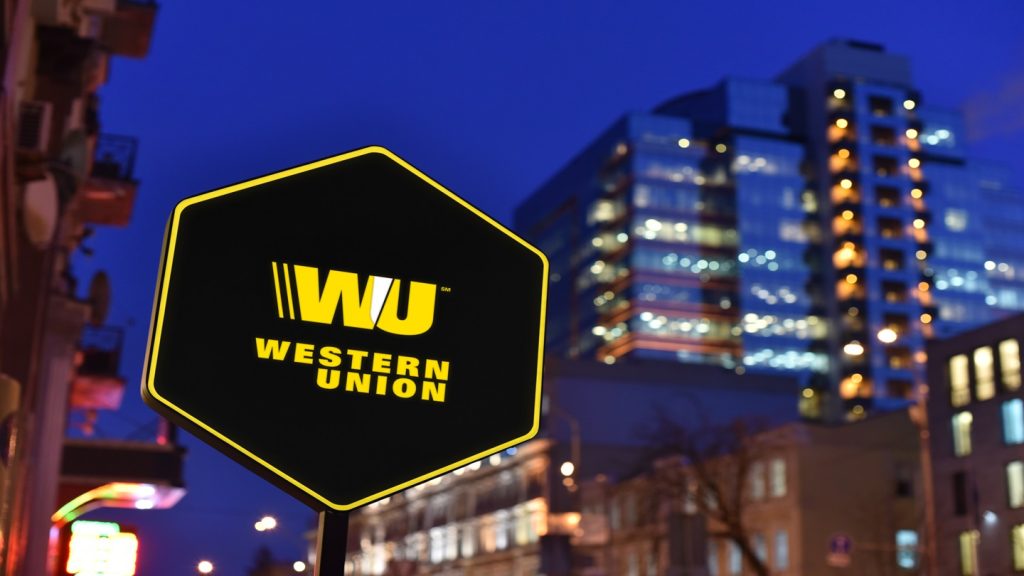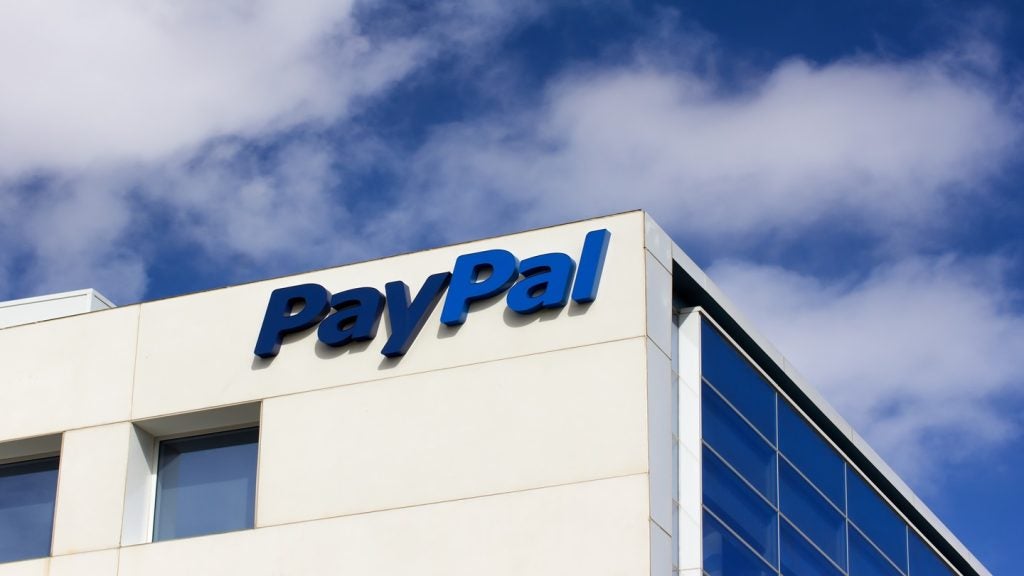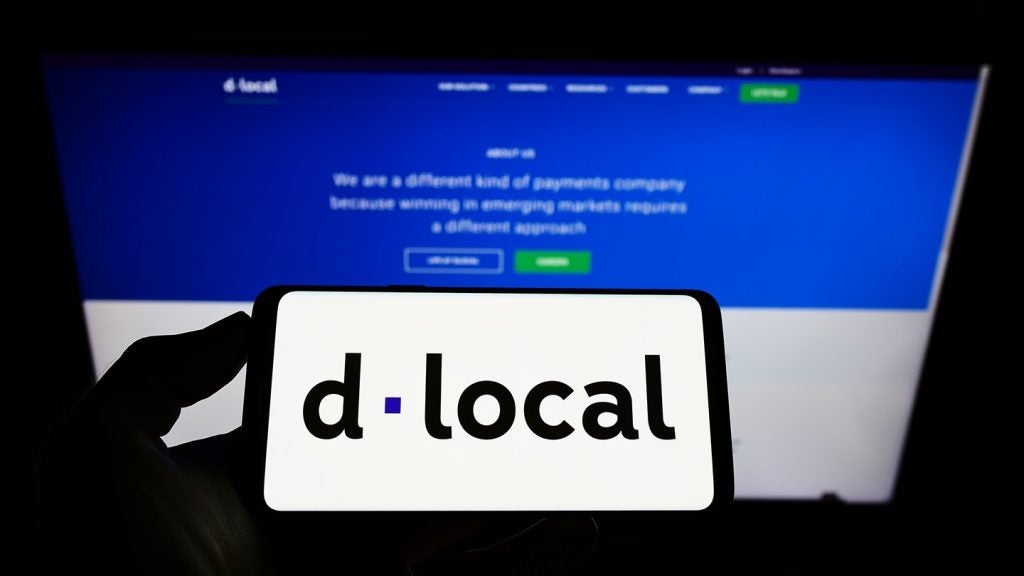
Despite the protestations of the cashless lobby, the fact remains that the UK is nowhere near being ready to go cashless and the risks associated with sleepwalking into a cashless future loom large, argues Marc Terry, International managing director for Cardtronics
The well-reported access to cash study chaired by Natalie Ceeney concluded that 17% of the UK population – over eight million adults – would struggle to cope in a cashless society, yet bank branches and free-to-use ATMs are closing across the country in an attempt to deliver cost savings by forcing consumers to go digital whether they want to or not.
In fact, new research conducted by Cardtronics suggests that over 70% of UK consumers believe that banks no longer want them to use cash and are actively pushing them towards a cashless society.
The decline of banking touchpoints and access to cash
The number of bank branches in the UK roughly halved from 1986 to 2014, and closures are expected to continue throughout this year – leaving 1,500 communities with no bank, and another 840 with only one bank remaining.
As a result, government figures show that around 10% of the rural population now lives at least 10 miles away from their bank’s nearest branch. This creates significant challenges for the disabled and elderly who are less likely to move to online banking and rely on physical touchpoints to access their cash.
The Financial Conduct Authority (FCA) recently urged banks to rethink plans to shut further branches during lockdown, over fears more closures could have ‘significant consequences’ for customers.
How well do you really know your competitors?
Access the most comprehensive Company Profiles on the market, powered by GlobalData. Save hours of research. Gain competitive edge.

Thank you!
Your download email will arrive shortly
Not ready to buy yet? Download a free sample
We are confident about the unique quality of our Company Profiles. However, we want you to make the most beneficial decision for your business, so we offer a free sample that you can download by submitting the below form
By GlobalDataIt is not just bank branch closures that are threatening the stability of the cash infrastructure, other touchpoints like ATMs have also been affected by strategic shift towards digitisation of financial services.
In 2018, LINK, the UK ATM Scheme, departed from the accepted cost-study based method of calculating ATM interchange and introduced an arbitrary cut of 10%.
This fee, paid by card issuers to ATM operators for cash withdrawals by their customers underpins the economics of the network.
The decision to cut interchange forced independent ATM deployers such as ourselves to introduce fees for cash withdrawals. According to Which?, this saved the banks an estimated £120m in ‘18/19 alone, by effectively passing the cost of the ATM network on to their customers.
The cost of cash and the regulator
The regulator is now evaluating whether ATMs can be replaced with cashback – despite the obvious flaws in this suggestion. Recent figures suggest that the cost of this service would be three-times higher than standard interchange. Who will pay this fee? Surely it would be better to pay the extra few pence on interchange necessary to return the ATM network back to almost completely free-to-use?
Between the closure of bank branches and LINK interchange cuts, consumers are losing access to convenient cash touchpoints all over the country.
A number of creative solutions are being considered to replace the ATM network, however none of them are sufficiently scalable to replace the ATM network which, even during lockdown, was dispensing over one billion pounds of cash into the economy.
Cardtronics, has securely, effectively and efficiently delivered cash into local economies and shops every year since the inception of LINK and we firmly believe that the UK’s ATM network remains the best method of maintaining access to cash for all and that the cost of maintaining the network cannot be passed on to consumers or retailers.
Choice of payment is king
Despite digital innovations, such as: mobile wallets and digital currency schemes, cash continues to be a critical and well loved payment option. The Bank of England reports that there are over £70 billion worth of notes in circulation, roughly twice as much as a decade ago proving that cash remains the second most popular payment mechanism in the U.K.
Weekly ATM withdrawals still total £1.2bn
According to data from LINK, despite the constraints of lockdown, an average of £1.2bn is still being withdrawn weekly from UK ATMs, and at least 2.2 million people rely on cash exclusively for their day-to-day lives.
Cardtronics’ research also shows that ATMs are by far and away the preferred method of withdrawing cash (72%) compared to cashback from a shop (12%), from a bank branch (11%), or from a post office (4%).
Consumers rely heavily on ATMs as their main cash touchpoint, so if we want to protect the cash infrastructure, we must take urgent action to protect the ATM infrastructure.
As the economy reels from the impacts of Covid and the government looks towards rebuilding a new future, we must consider the value of cash in protecting vital community utilities, like the local high street.
Not only do millions of consumers rely on cash, but so do most small business owners and retailers. Indeed, the demise of cash could see the local high street becoming an additional casualty of a cashless society.
Not only do consumers need a convenient place to access their cash, they need to be able to spend it too, the government must bring the supply and demand arguments together and take action now to ensure the future of cash is protected.
Who will protect our cash infrastructure?
Many bodies within the financial services industry agree with me, believing that both the banks and the government should work together to protect access to cash.
Our study confirmed that consumers agree with over two-thirds (69%) of respondents saying it is the banks’ responsibility to ensure widespread access to cash, and a further 64% saying the responsibility also lies with the government.
Anabel Hoult, CEO of consumer group Which? concurs: in an open letter to the eight major banks she outlines the fragile state of the cash ecosystem and asks them to make a pledge to help maintain cash access.
The banks responded by pointing to the importance of safeguarding the cash network for cash-dependent customers. However, it was disappointing to see that not one response explicitly committed to a scheme in advance of government legislation.
Not too late to protect cash
As the U.K.’s largest independent ATM operator, we are calling on the government to take the necessary steps as a matter of urgency to protect the UK’s cash infrastructure. Alternative means of withdrawing cash such as in-store cashback are clearly not a suitable replacement for an effective and efficiently functioning ATM network, and the only way to protect access to cash is through proper funding of the ATM network.
And it’s certainly not too late. LINK has the authority to simply revoke their arbitrary interchange cuts and halt the decline in the ATM infrastructure. This would provide the space necessary for everyone in the industry – banks, ATM operators and payment regulators – to work collaboratively in the design and delivery of a sustainable, long-term solution that protects access to cash for all.







